Latin name: gardenia
Category: evergreen shrubs and ornamental trees
Origin: South Africa, India. China, Japan
Beautiful gardenia
Gardenia (Gardenia) is a small tropical, moisture-loving and warm, evergreen plant with beautiful flowers of the family Rubiaceae, subfamily Ixoraceae. Gardenia is native to the subtropical forests of Japan and China and India, and is very common in South Africa. Blooming gardenia got its name in honor of the outstanding British naturalist, botanist colonialist Alexander Garden, who cultivated this plant in the eighteenth century.
Gardenia plant can be found in nature more than 250 species, mostly tree-like evergreen flowering shrubs, can be small trees.
Gardenia flower in the wild grows to a height of more than two meters.
Some of its species have spines. The gardenia plant has glossy, slightly elongated, various shades of green leaves, both large and small. There are also triangular stipules. In the axils of the leaves, inflorescences of gardenia flowers with petals of white, cream, bright yellow, pale yellow, exude a pleasant and strong aroma. Flower buds resemble twisted candles in shape.
Blooming gardenia has long been cultivated. Many varieties of gardenia have been bred to decorate gardens, parks and squares. Indoor gardenia flower is common and in demand, grows well in apartments.
Types and varieties of gardenia
Jasminoid Gardenia (Gardenia Jasminoides ellis)
Gardenia indoor plant forms a low bush about half a meter high with very beautiful opposite, short-leaved, shiny dark green leaves. White double or semi-double flowers with a pleasant smell, 5-7 cm in diameter, are single or inflorescences of 4-6 pieces.
Caring for jasmine gardenia is not an easy task, because it is considered a capricious and demanding plant, loves light, heat and high humidity. Indoor gardenia, with favorable care, blooms from July to October, while its short shoots are completely strewn with flowers and buds. The picturesque gardenia will perfectly fit into the interior of any room, will give it comfort, aesthetics and extraordinary sophistication.
Gardenia floriferous (Gardenia Florida)
Like all gardenias of the madder family, it is a picturesque shrub with white fragrant flowers similar to camellia, the natural habitats are the Far East, India, China.
Gardenia Florida is a popular ornamental plant that can be grown both in the garden and in pots. She loves bright light, but needs protection from direct sunlight on hot days. In addition, profusely flowering gardenias require moderate watering and regular fertilization to provide them with all the necessary nutrients for healthy growth and abundant flowering.
Gardenia Radicans
A very popular houseplant with a rounded shape, reaching a height of 30-60cm. It is considered a dwarf species that can be used as a bonsai. The leaves of this plant are small, and the flowers are very fragrant, 2.5-5 cm in size.
This shrub has glossy, dark green leaves and large, white flowers that are fragrant and strong. Flowers can reach a diameter of up to 7 cm and appear on the plant throughout the summer. Gardenia radicans likes bright light but needs protection from direct sunlight on hot days. In addition, this shrub requires moderate watering and regular fertilization to provide it with all the necessary nutrients for healthy growth and abundant flowering.
If you are looking for a compact and attractive plant with bright white flowers and fragrance, then Gardenia Radicans could be a great choice for your garden or home.
Gardenia care at home
Gardenia is demanding, capricious and fastidious.
In order to be able to see a gardenia plant with all its beauty strewn with beautiful fragrant flowers, you must definitely show a lot of effort to fulfill all its wishes, whims and, of course, create the appropriate conditions for growth. A real lover of light, heat and sun, the temperature of her habitat is 16-24 degrees. You need to protect the plant from drafts, and you need to water it with soft water. Gardenia care is always possible and your houseplant will delight with many beautiful flowers.
Gardenia breeding
Propagation of gardenia is a rather troublesome and time-consuming task. Small cuttings must be rooted in a greenhouse. The substrate, consisting of coniferous earth, peat and sand, must be warm and it is imperative to use biostimulants for better root growth. After rooting, the cuttings need to be pinched with a height of 15 cm.
Gardenia transplant
The best gardenia transplant period is early spring. This process must be done every two years. Be sure to prepare a new pot and acidic, well-drained soil.
Pests and diseases of gardenia
Most often, gardenia is attacked by:
- itovka,
- spider mite,
- aphid,
- thrips.
The likelihood of pest infestation will decrease if you regularly moisten the gardenia and wipe the leaves with a damp cloth, and constantly inspect the plant. Gardenia diseases spread rapidly, and if a tick does appear, the plant must be immediately treated with an insecticide.
Problems that may arise when growing
The first problem may be improper gardenia care. This plant requires careful care, as it is sensitive to drying out or excess moisture. Too dry soil can cause the leaves and flowers to dry out, and too much water can cause the roots and stem to rot. In addition, gardenia needs good lighting and moderate temperature. Improper care can lead to wilting and death of the plant.
The second problem may be damage to gardenia by pests or diseases. Some of the more common pests that can attack gardenias include mealybugs and spider mites. They can cause leaves and flowers to dry out and fall off. Some of the common diseases that can affect gardenia include gray mold and root rot. They can also lead to wilting and death of the plant.
The third problem may be the low degree of adaptability of gardenia to climatic conditions in the region. Some species of gardenia may be more resilient to climate change than others. For example, gardenia is a tropical plant, and if you try to grow it in an area that is too cold in winter, it may not survive. Choose a gardenia species that suits the climatic conditions of your area to minimize the risk of growing problems.




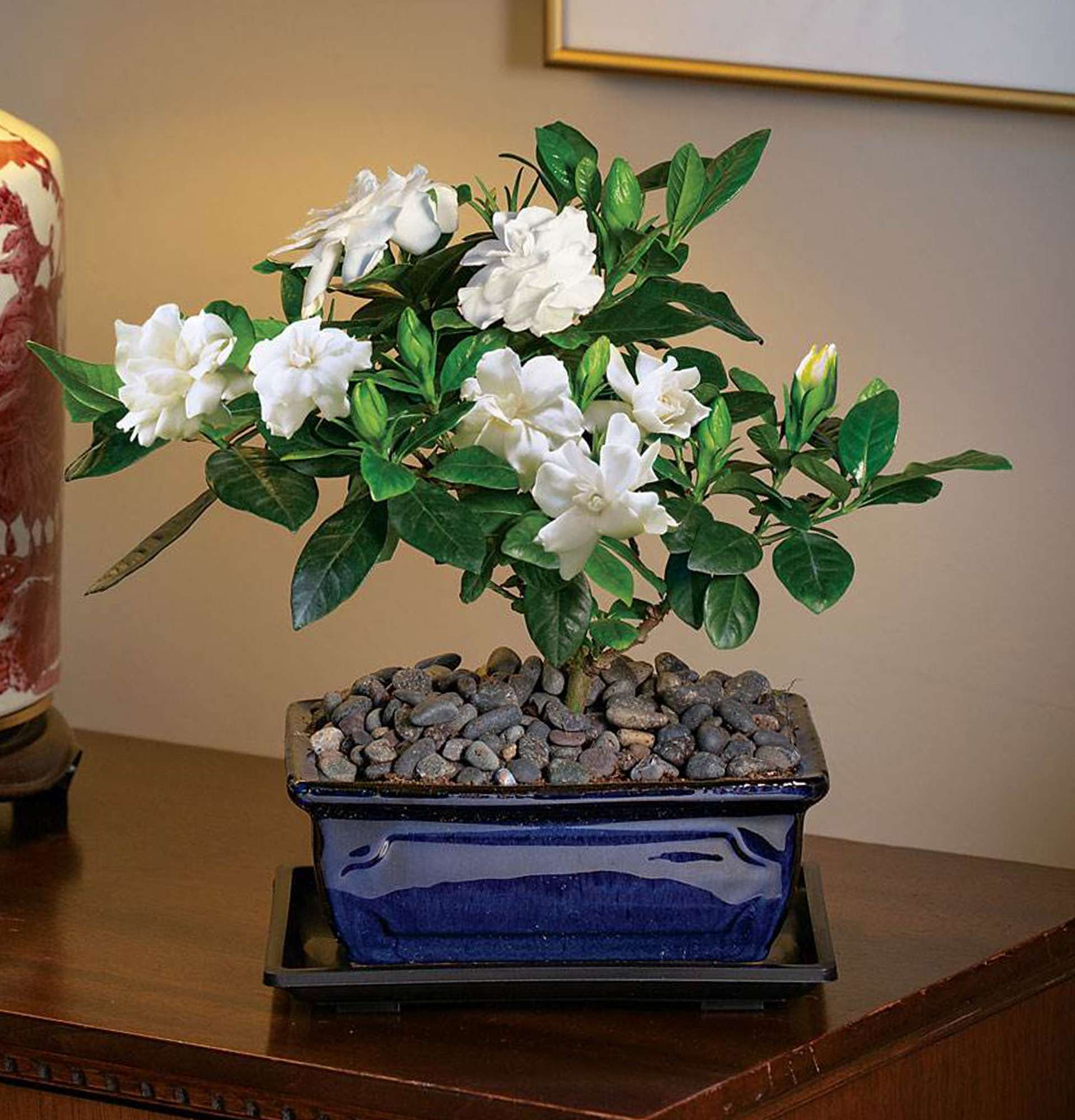










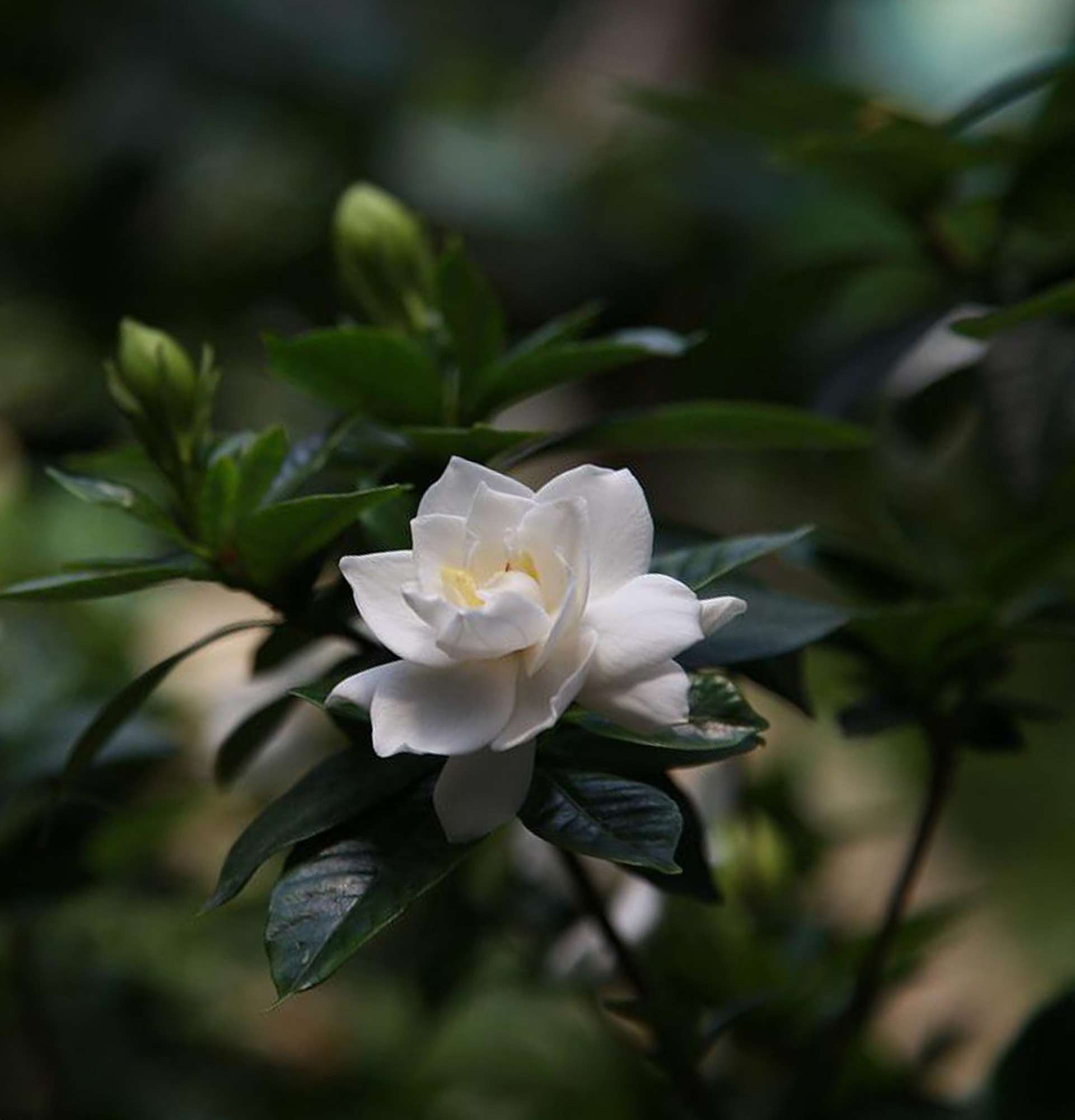

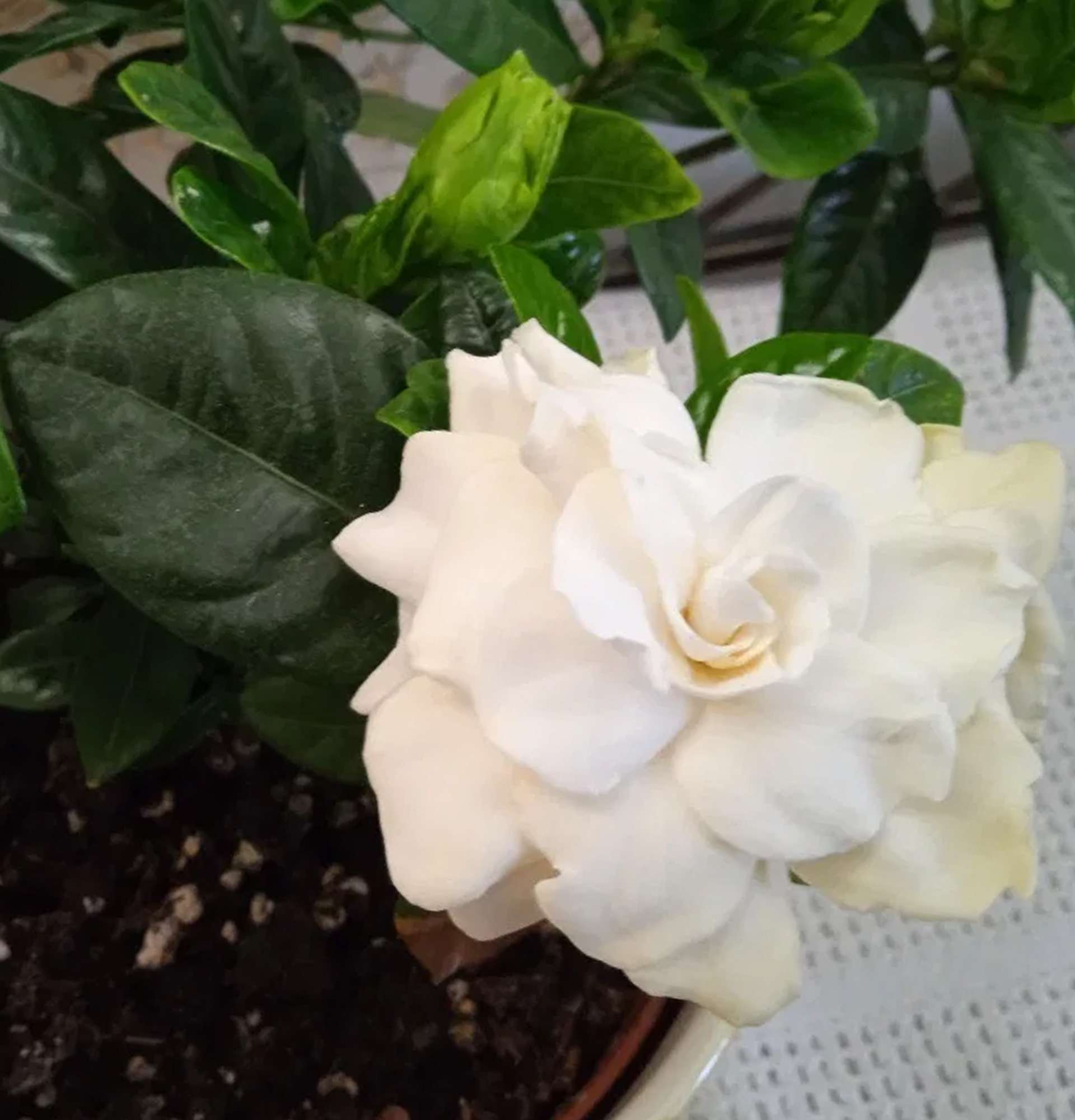
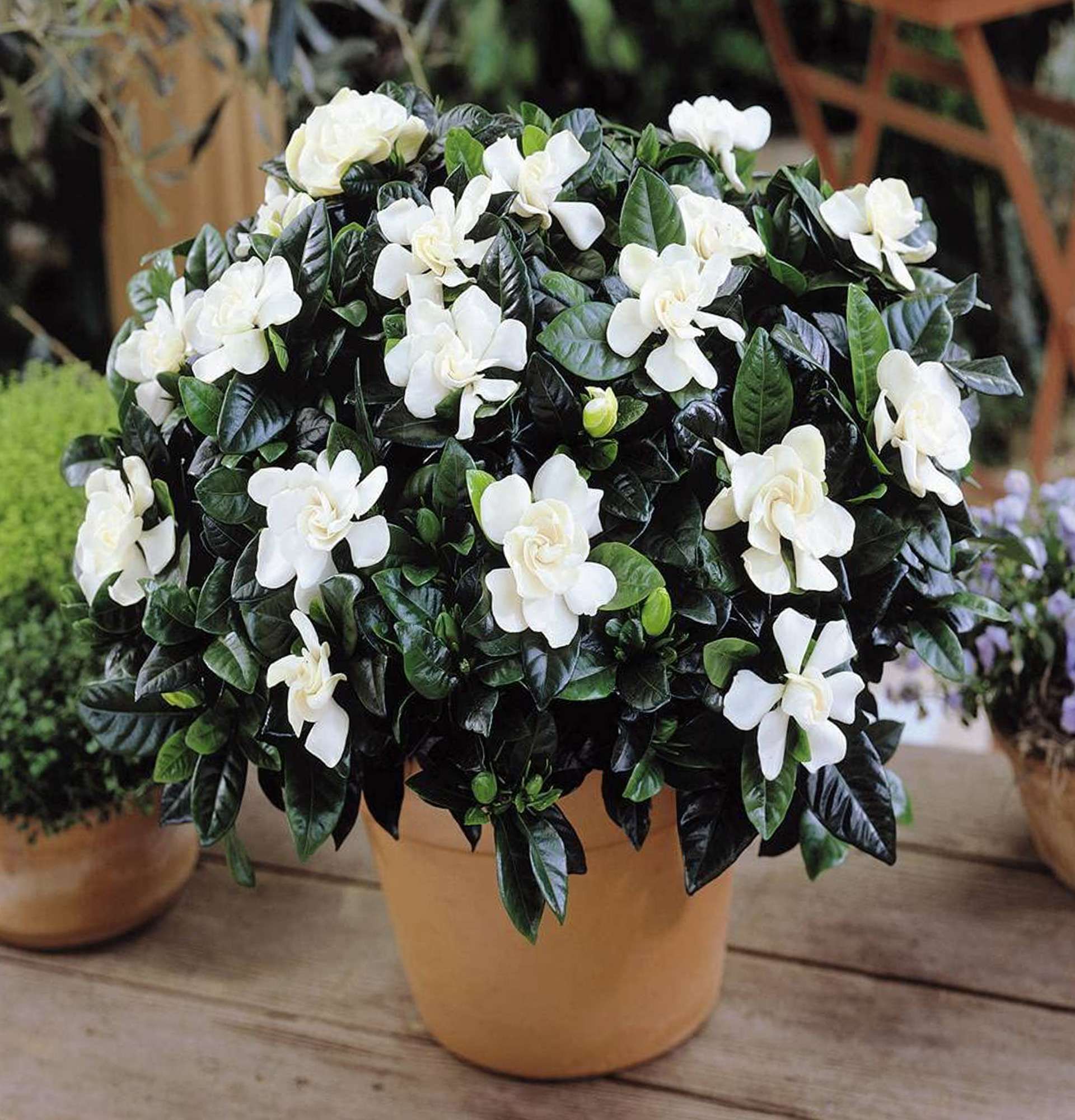
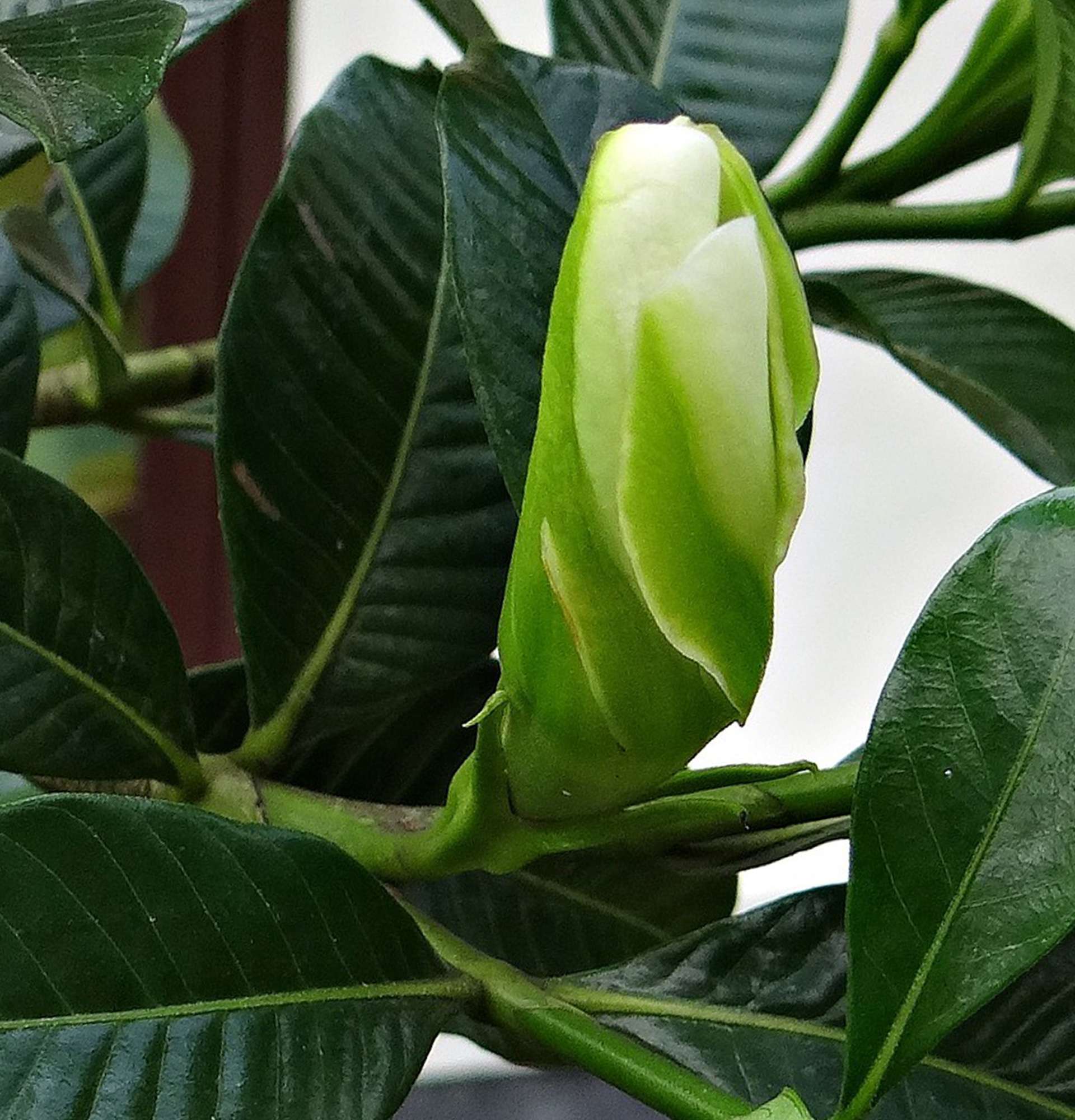
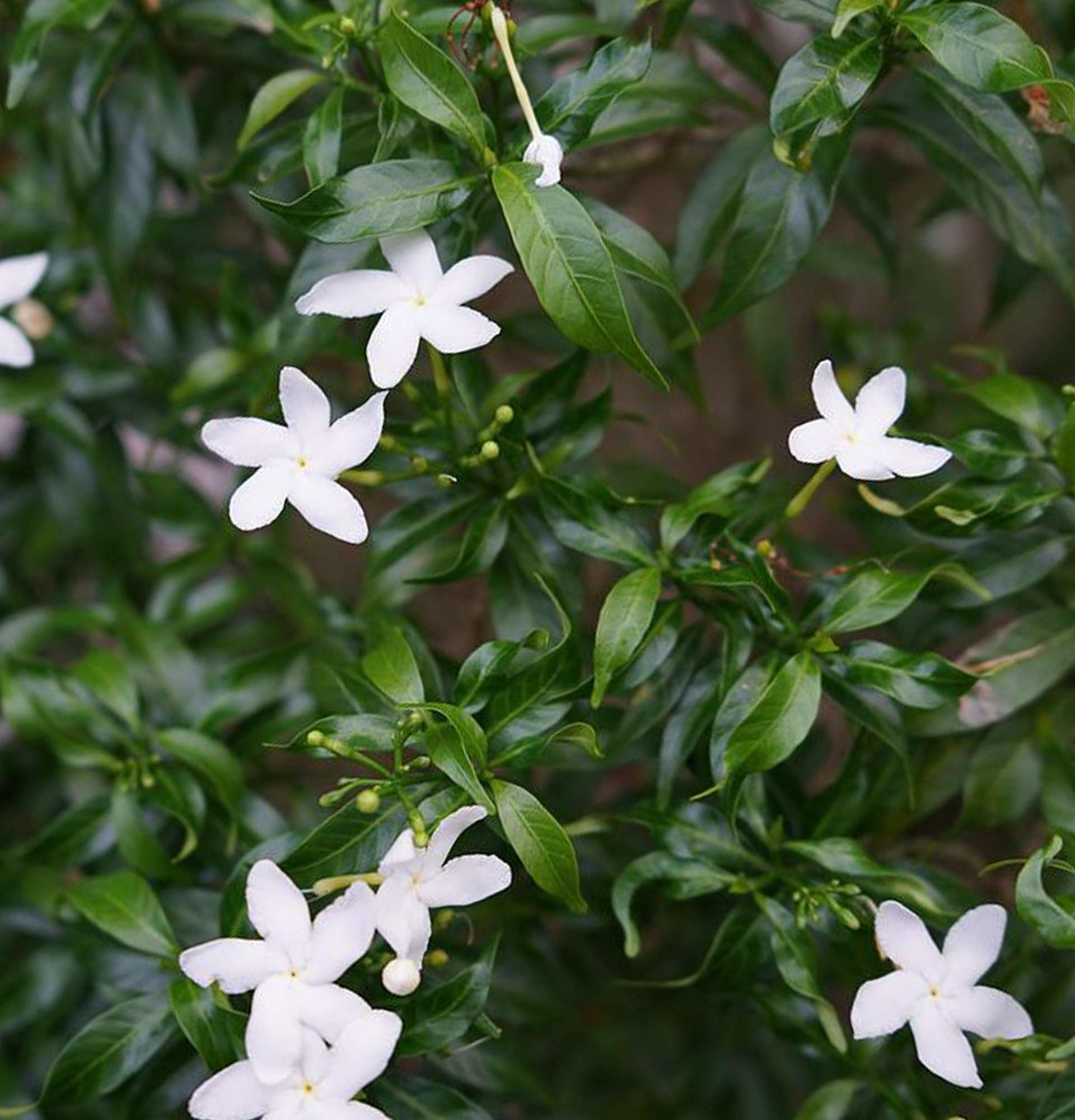
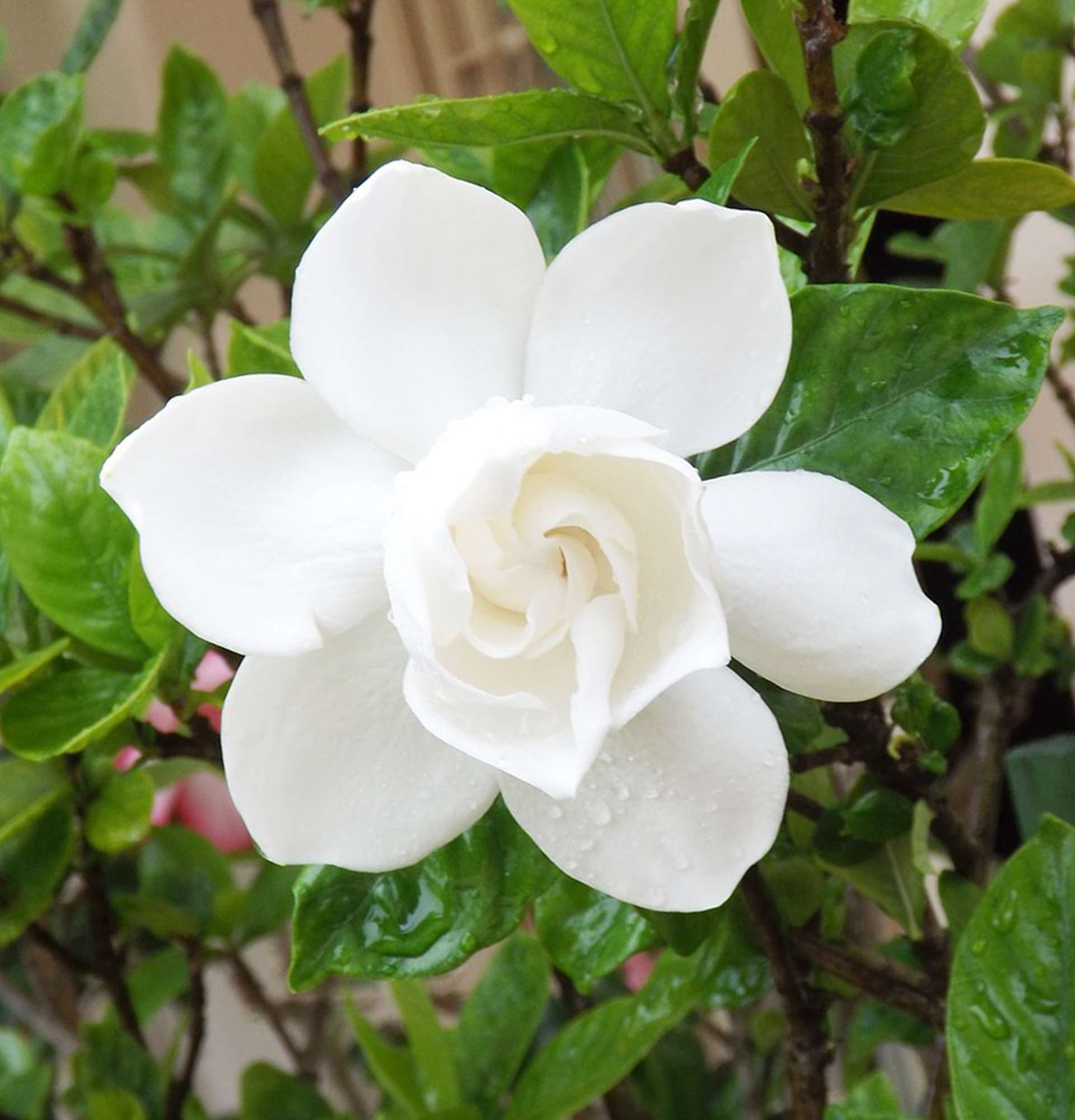
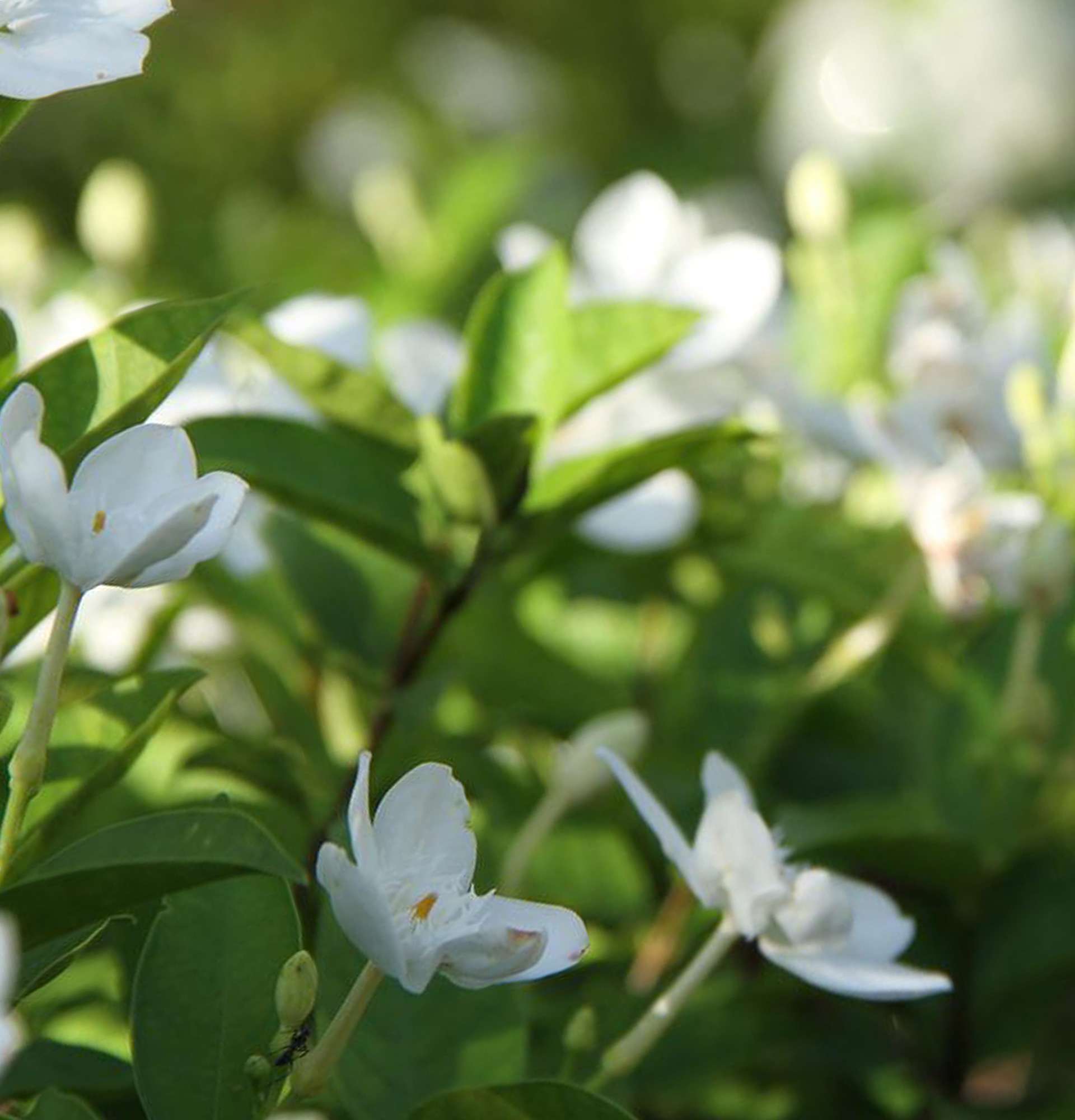
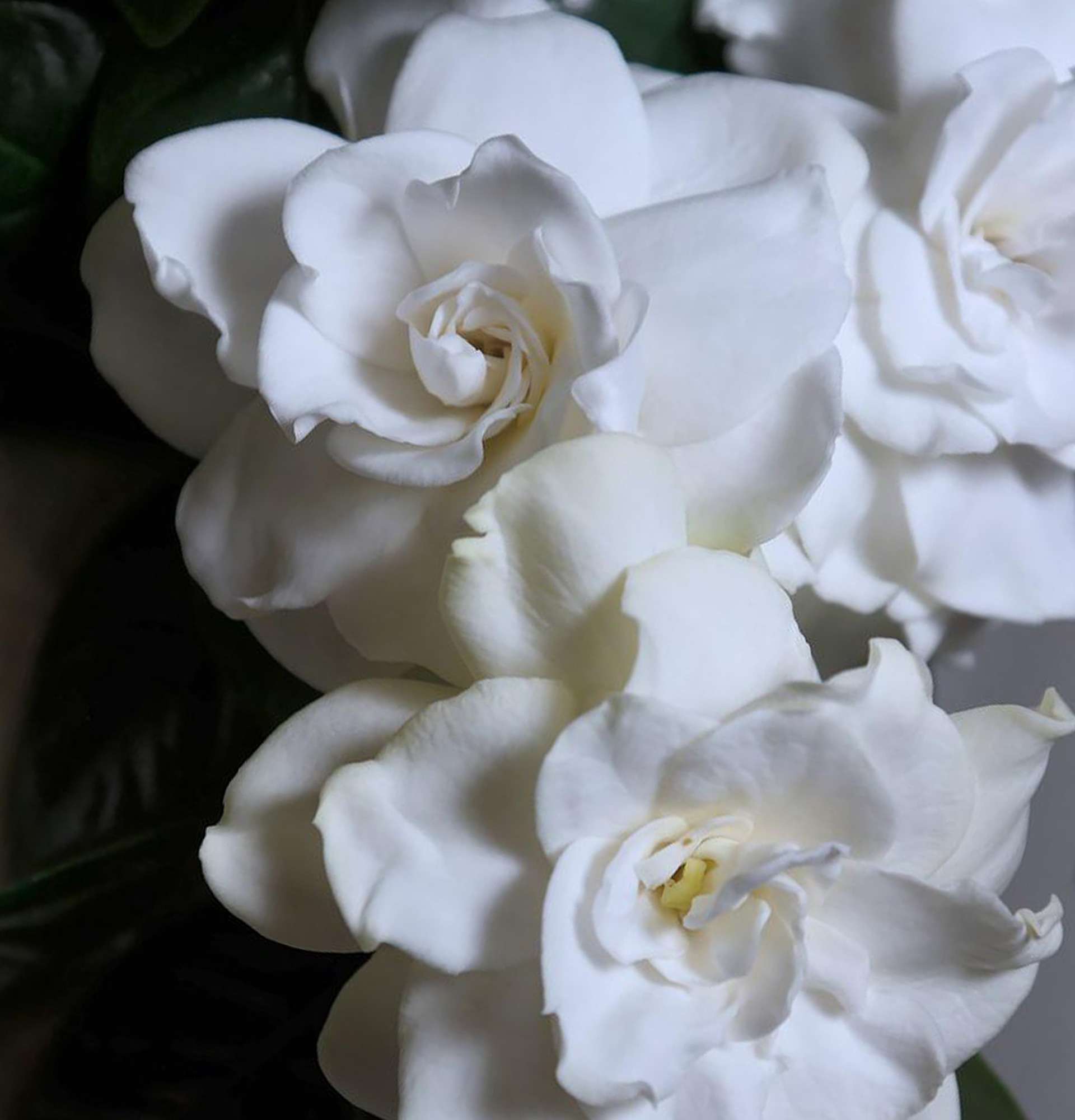
Write comments
Comments